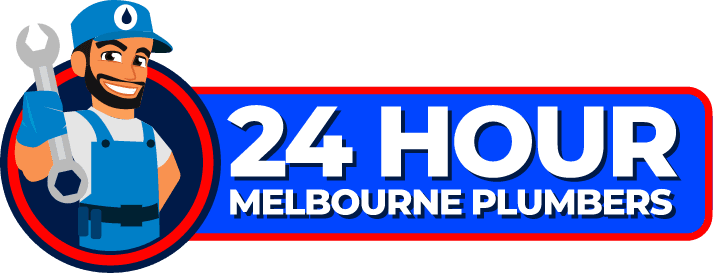Toilets are parts of our everyday lives, but do we know how exactly they work? Most of us probably never try to answer this question until we end up in need of a toilet cistern repair and a plumber. Toilet cisterns are not particularly complicated constructions, and we are certain that if you read along, this article will help you understand their process – so next time something goes wrong, you are going to know exactly what to do.
Toilet Cistern Repair
A toilet cistern consists of seven key internal parts: a lever connected to the external button or handle, a piston attached to the lever, a syphon, a float ball, a float rod which connects the ball to the inlet valve, the valve itself, and last but not least, an inlet tube which lets fresh water refill the toilet cistern after it’s been flushed. All of these parts serve the sole purpose of controlling the water flow going through the system. Whenever you press or pull the handle (or button), it raises the toilet lever which then lifts the piston connected to it. This allows a certain amount of water to flow inside the cistern, right into the siphon which suctions said water into the toilet bowl. With a lowering level of water, the plastic float ball goes south as well, and so does the float rod. This opens the inlet valve, allowing water to flow back into the cistern through the inlet tube. Filled with water again, the float ball and rod rise back, closing the inlet valve just at the right water level. Easy, isn’t it?
Toilet Systems, Repairs & Replacement
Fortunately, due to the simplicity of a toilet system, repairs or replacing broken parts are easy, even in case of a slightly more complicated construction such as a dual flush toilet (a great mechanism to save water). If something seemingly went wrong, the first step is to shut off the water supply at the supply pipe (an external tap which allows water to enter the cistern). Next, take off the tank lid and take a gander inside the cistern, looking for the source of the issue. Oftentimes it’s a simple broken part, and the whole problem can be solved by replacing it. If you hear the sound of water running when the toilet isn’t flushed, we suggest you first try adjusting the water level. If that doesn’t seem to solve the issue, replacing the piston in your toiler – this is a quick fix which often works great.
However, in case of a leaking toilet, repair methods are different. A leaky cistern is beyond annoying, while also wasting a significant amount of water and thus increasing your utility bills. In most cases, it’s caused by a leaky fill valve or tank bolt, or a broken washer. If you’re not confident with DIY troubleshooting, we suggest you call a plumber as soon as possible due to the mentioned wasteful nature of leaks. It is also important to know that if you still try to solve the issue, you may cause further damage to the cistern, driving your repair bills even higher. If you are located in Richmond, or Brunswick, give us a call and our plumbers will help you!

Recent Comments